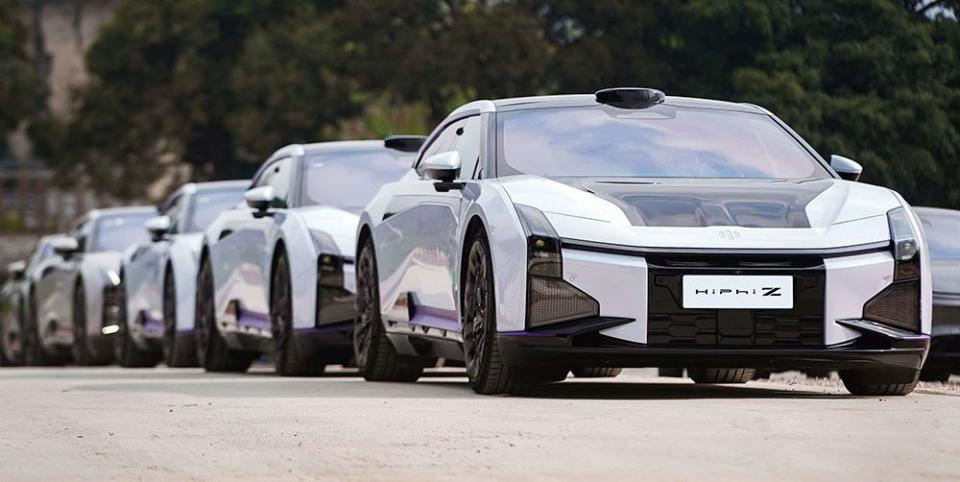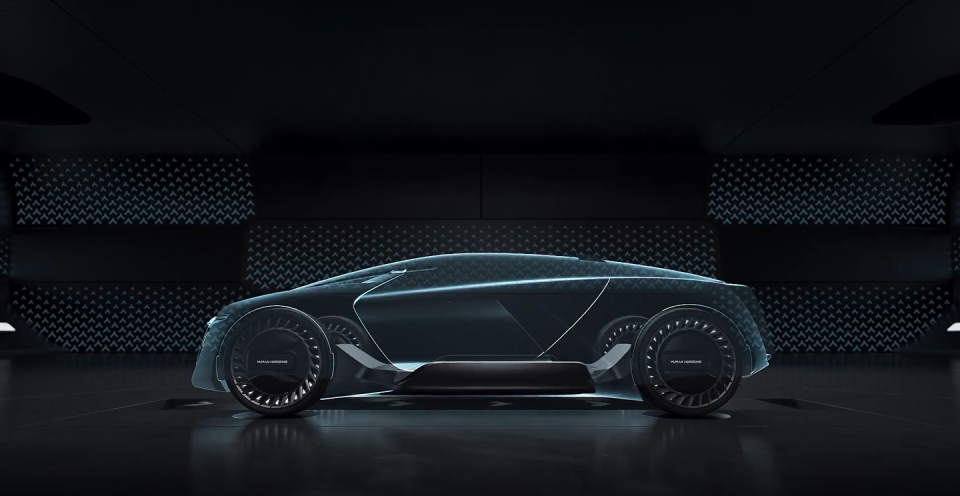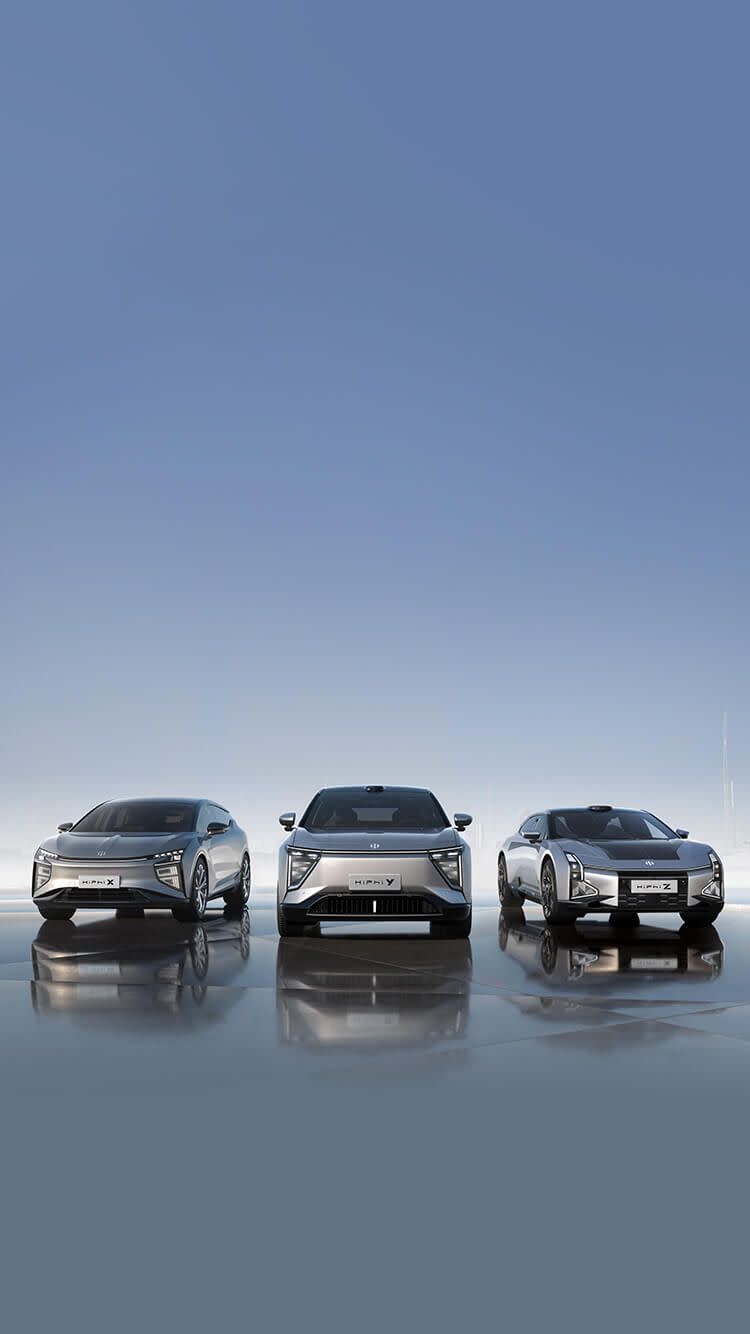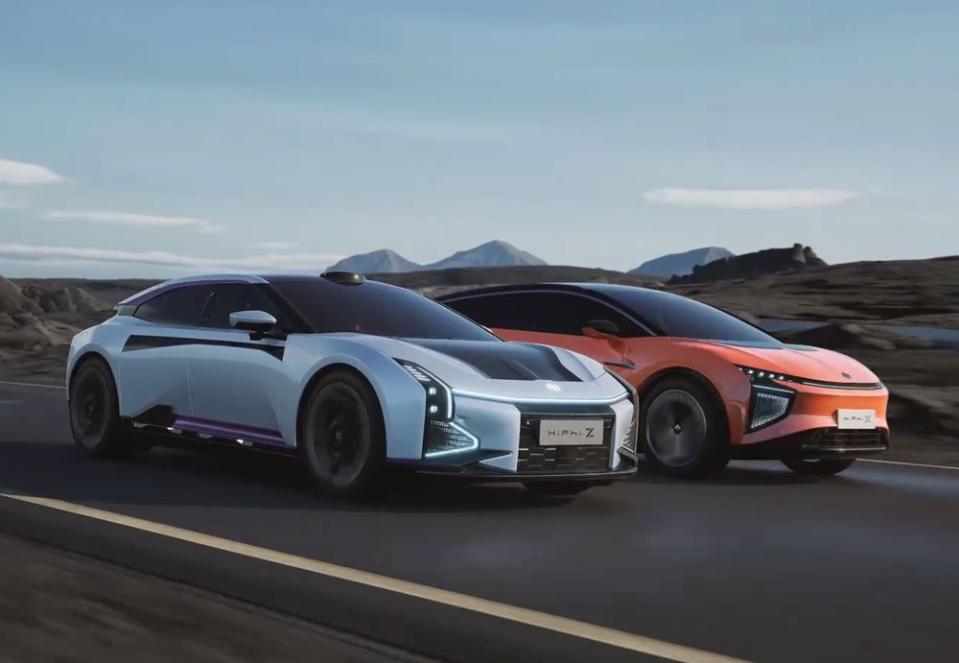Meet the Brit Who Led the Development of China’s Craziest EV

Human Horizons is an upmarket Chinese EV brand which has sold more than 10,000 luxury EVs in China, with a starting price of $82,000.
The automaker builds cars under the HiPhi brand, headed up by former JLR executive Mark Stanton as CTO.
The company will launch in Europe this year—but a U.S. entry is less likely.
China’s automakers are developing rapidly, both in terms of sales volumes and the quality of their products—especially EVs. While most of the engineering expertise behind new models has come from within the People’s Republic itself, some has been imported. One of the best examples of this influx of talent is a British executive who admits that he was on the cusp of retirement when he was persuaded to become the CTO of a Chinese start-up four years ago.
The executive in question is Mark Stanton, formerly a senior engineer at Jaguar Land Rover and before that Ford. The Chinese company is Human Horizons, which markets EVs under the somewhat unlikely HiPhi brand. Two are already on sale in China, while a third made its debut at the Shanghai Auto Show.

Stanton’s last job in the UK was as the head of JLR’s Special Vehicles Organization, which he took on expecting it to be his last one before drawing his pension. But the reality turned out to be different.
“SVO felt like it should have been the pinnacle,” he says, “but for various reasons the role turned out to be pretty frustrating. I was in the position of thinking I was going to stick it for long enough to get to retirement—and then these guys came calling.”

This was back in 2017, when Human Horizons was a start-up with fewer than 50 employees—one of hundreds of putative EV makers that were established in China at the time. But, unlike most, Human Horizons had some high-level automotive expertise to draw on: CEO David Ding is a former president of Shanghai General Motors, and COO Kevin Chen had worked for other automakers.
The other difference to the myriad of other EV start ups would be market positioning, with Human Horizons targeting the top end. The company’s cars are big and showy, aimed at rich, younger buyers seeking to make a statement. The X is a large SUV, 204 inches long with rear doors incorporating suicide hinged lower sections with lift-up gullwing panels. The Z is lower but no less spectacular, essentially a shooting brake on the same platform, and bearing a distinct resemblance to the Nissan GT-R at the front. The newly announced Y is a smaller crossover which keeps the X’s part-gullwing rear doors, although with convention hinges lower down. Prices currently run from RMB 570,000—$82,500 at current exchange rates—all the way to the equivalent of $115,000. The Y will be cheaper, but will still start at RMB 400,000, or $57,000.
Zany details abound. The HiPhi X can project video clips through its headlights, both allowing it to display warnings on the road for other road users—but also to cast movies onto a screen. The HiPhi Z features an eight-way adjustable robot arm in the cabin, this able to perform tasks including moving the central display screen between portrait and landscape orientations.
Yet, so far, the plan is working. Stanton says that HiPhi has already sold 10,000 cars in China, most of them the first-launched X, which has outsold rivals including the Taycan, Mercedes EQC, Tesla Model S, and Tesla Model X to be the best-selling premium EV in China. The Z went on sale at the end of last year and 1000 have already been delivered.

“We’re at the end of the business where it is always going to be about margins rather than volumes, so don’t see us as being a competitor to Great Wall or any of those big-selling Chinese companies,” Stanton says, “I was the chief engineer of the Ford Fiesta for many years, and when I left it had been on sale for 22 years. In the good years it sold more than 500,000 units, but even in the good years it never made a profit. Margins at that end of the market are so, so small.”
While the styling is extrovert, the engineering beneath the HiPhi models is solidly sensible, Stanton’s team having created a shared architecture to underpin all the brand’s models, supporting either single- or dual-motor options. He was also determined that HiPhi’s models would deliver a higher level of driving precision than is common in cars made for China. To do that he enticed another former JLR engineer, one-time head of vehicle dynamics Peter Davis, to join him in China.
“His role was as a mentor as much as anything,” Stanton says. “As the younger guys develop their capability, they obviously have less reliance, but it was important for me we had somebody who could make sure the cars could drive well.”
Human Horizons now has more than 5000 employees, 2400 of them engineers. Yet it doesn’t have its own production plant, at least not according to China’s strict requirement to own a licence. That was such an onerous requirement for the fledgling company it took over an existing factory in Yancheng, Jangsu Province, which had previously belonged to Dongfeng Yueda Kia, a joint venture between the South Korean carmaker and Dongfeng. The plant was entirely stripped for HiPhi’s high-tech line, but its cars still wear DYK’s ‘factory badge.’

“On any locally manufactured car in China you get a Chinese badge that shows the plant it was manufactured in,” Stanton says, “so on our cars we still have that badge because it’s their plant and their licence.”
Capacity in the first factory is 50,000 cars a year, with Human Horizons already thinking about establishing another. The company is already planning its first expansion outside China, planning to enter the European market—through Germany and Norway—later this year. Stanton admits U.S. sales are less likely, both because of political issues around direct imports, but also because our type approval requirements are still different.
“Engineering a car for the U.S. remains a much bigger challenge as it still has its own unique tests, unbelted occupant protection being the big one,” he says. “Could we do that? Yes, but it would require a big investment, one that we don’t think is the right decision at the moment. We can take cars to Europe, the Middle East and other parts of the world where regulations are almost exactly the same as China. That makes more sense.”
An additional challenge for Stanton and his team was COVID, especially the long-lasting travel restrictions within China. He lived in Shanghai throughout the epidemic, and was forced to spend nearly two years apart from his wife, who was not allowed to return from the UK. Stanton went back to Britain twice during that time, but had to do three weeks’ of quarantine in a hotel in China after each return. Perhaps unsurprisingly, he has chosen to return to Europe, although he will continue to work for the company.
“Has it been easy? No—and especially not during COVID,” he says, “but the experience has been fantastic and it’s been a brilliant way to end my career.”


 Yahoo Autos
Yahoo Autos 